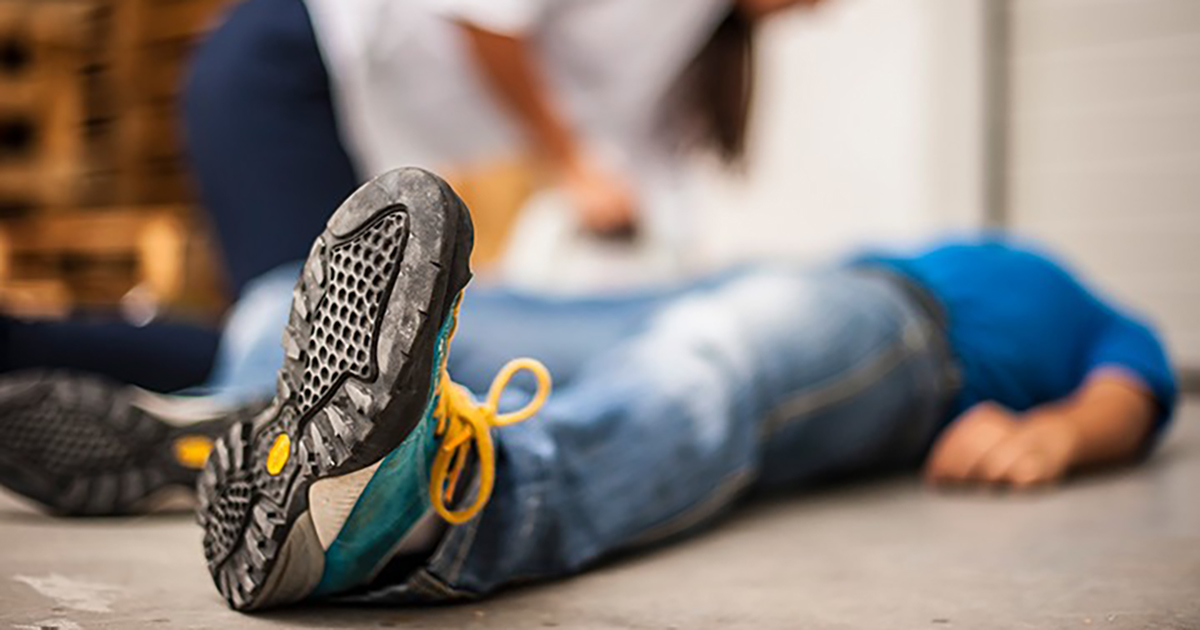Guide To The Symptoms Of Cerebral Palsy
Seizures

Seizures are surges of electrical activity to the brain. Unfortunately, they are a common symptom of cerebral palsy, as children with this condition often have at least one. Cerebral palsy patients may deal with both focal and generalized seizures as part of their condition. Focal seizures affect one part of the brain, often on one side. Generalized seizures, however, affect the entire brain. Symptoms of seizures can vary based on what type and subtype of seizure an affected individual experiences. It is also vital to note that many cerebral palsy patients will also develop co-occurring epilepsy, which is a seizure disorder. When this happens, patients will need epilepsy treatment as well as cerebral palsy treatment.
Issues With Fine Motor Skills

Fine motor skills involve the smaller muscles in the fingers, wrists, hands, feet, and toes. These skills are smaller actions that require these muscles. Examples include writing and even picking up objects. Unfortunately, most individuals with cerebral palsy will experience issues with fine motor skills. In fact, all patients will, and what varies is the extent to which their fine motor skills are negatively affected. One patient may deal with weakness in one of their hands. This can make writing or tying their shoes harder than normal. However, another patient may struggle with both hands and other fine motor skills and require constant assistance with eating, picking up objects, and more.
